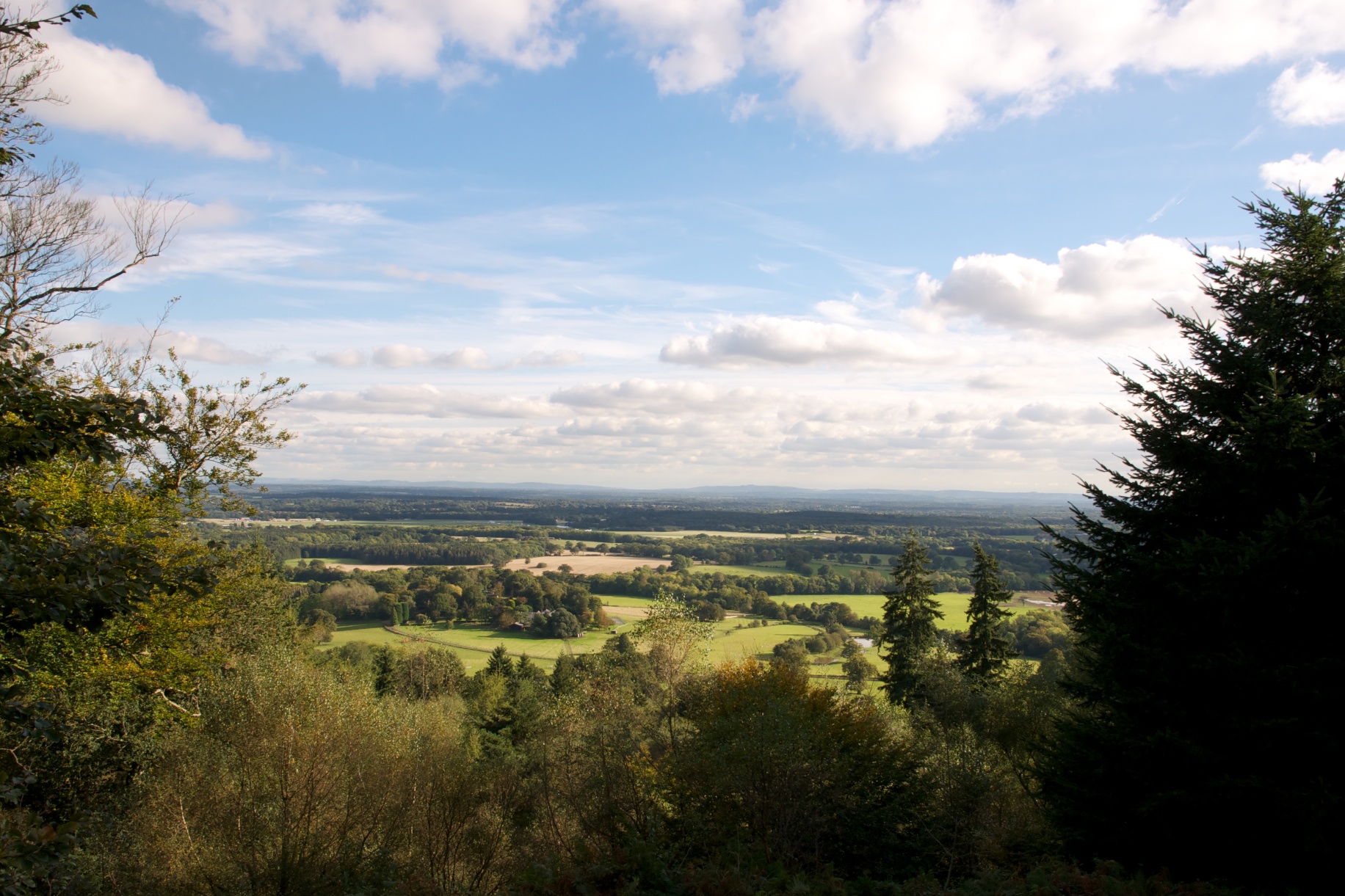Hascombe Hill on:
[Wikipedia]
[Google]
[Amazon]
 Hascombe Hill or Hascombe Camp is the site of an
Hascombe Hill or Hascombe Camp is the site of an
 The site was excavated in 1931 by
The site was excavated in 1931 by
 Hascombe Hill or Hascombe Camp is the site of an
Hascombe Hill or Hascombe Camp is the site of an Iron Age
The Iron Age is the final epoch of the three-age division of the prehistory and protohistory of humanity. It was preceded by the Stone Age ( Paleolithic, Mesolithic, Neolithic) and the Bronze Age ( Chalcolithic). The concept has been mostl ...
multivallate hill fort
A hillfort is a type of earthwork used as a fortified refuge or defended settlement, located to exploit a rise in elevation for defensive advantage. They are typically European and of the Bronze Age or Iron Age. Some were used in the post-Roma ...
close to the village of Hascombe
Hascombe is a village in Surrey, England. It contains a large cluster of cottages and country estates, St Peter's church, the village green, a fountain, pond, a central public house and is surrounded by steep wooded hillsides.
History
Above the ...
in Surrey, England
England is a country that is part of the United Kingdom. It shares land borders with Wales to its west and Scotland to its north. The Irish Sea lies northwest and the Celtic Sea to the southwest. It is separated from continental Europe b ...
.
History
 The site was excavated in 1931 by
The site was excavated in 1931 by S. E. Winbolt
Samuel Edward Winbolt (1868–1944) was a British classics and history teacher, author and amateur archaeologist.
He was educated at Christ's Hospital and Corpus Christi College, Oxford, where he subsequently returned as a master in classics an ...
, who dated the occupation of the site to the 1st century BC. The hillfort encloses a thickly wooded area of approximately . The sides of the fort, which are naturally very steep, were scarped at the top to make them almost unassailable. Encircling the crest of the hill is a defensive ditch deep. The defences are reinforced on the northeast side (where the hillfort joins the rest of the hill) with a strong line of ramparts and ditches broken by a single entrance passage some long.
In the early 19th century it became an important naval telegraph
Telegraphy is the long-distance transmission of messages where the sender uses symbolic codes, known to the recipient, rather than a physical exchange of an object bearing the message. Thus flag semaphore is a method of telegraphy, whereas p ...
station, using a mechanical form of semaphore to communicate with Netley Heath in Surrey on one side and Blackdown in Sussex on the other. A chain of such stations linked London
London is the capital and List of urban areas in the United Kingdom, largest city of England and the United Kingdom, with a population of just under 9 million. It stands on the River Thames in south-east England at the head of a estuary dow ...
with Portsmouth
Portsmouth ( ) is a port and city in the ceremonial county of Hampshire in southern England. The city of Portsmouth has been a unitary authority since 1 April 1997 and is administered by Portsmouth City Council.
Portsmouth is the most dens ...
.
The height of Hascombe Hill is 644 feet.
In the 1990s the Modern Order of Druids erected a stone circle below the south-eastern slopes of Hascombe Hill.
References
Sources
*Surrey Archaeological Society
Surrey Archaeological Society is a county archaeological society, founded in 1854 for "the investigation of subjects connected with the history and antiquities of the County of Surrey" in England.
Remit
The Society concerns itself with "the Cou ...
Journal 40, p. 78
* Dyer, James ''The Penguin Guide to Prehistoric England & Wales'' (1981), p. 237
{{coord, 51.1375, -0.5652, type:landmark_region:GB, display=title
History of Surrey
Hill forts in Surrey
Iron Age sites in England
Buildings and structures in Surrey
Archaeological sites in Surrey